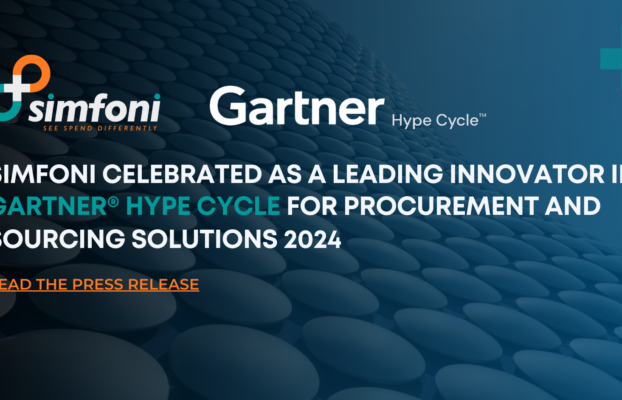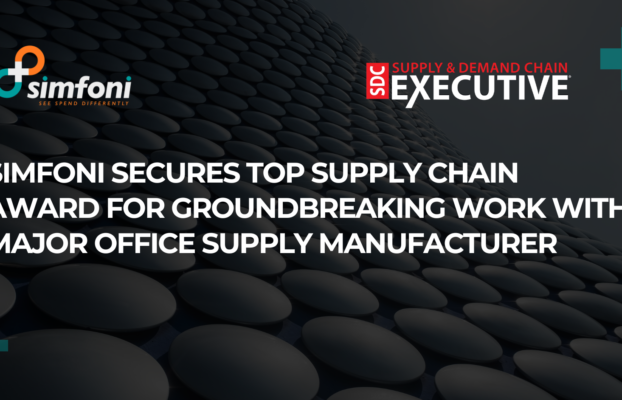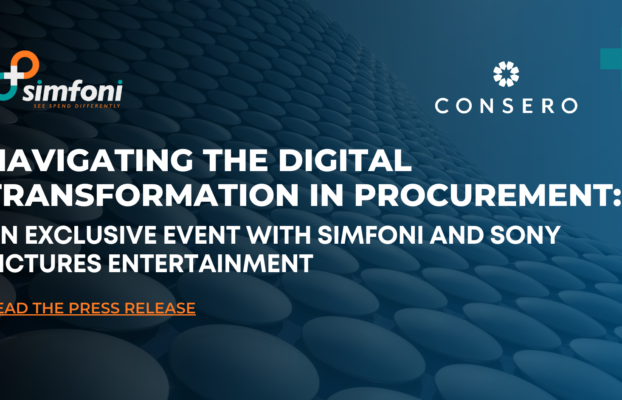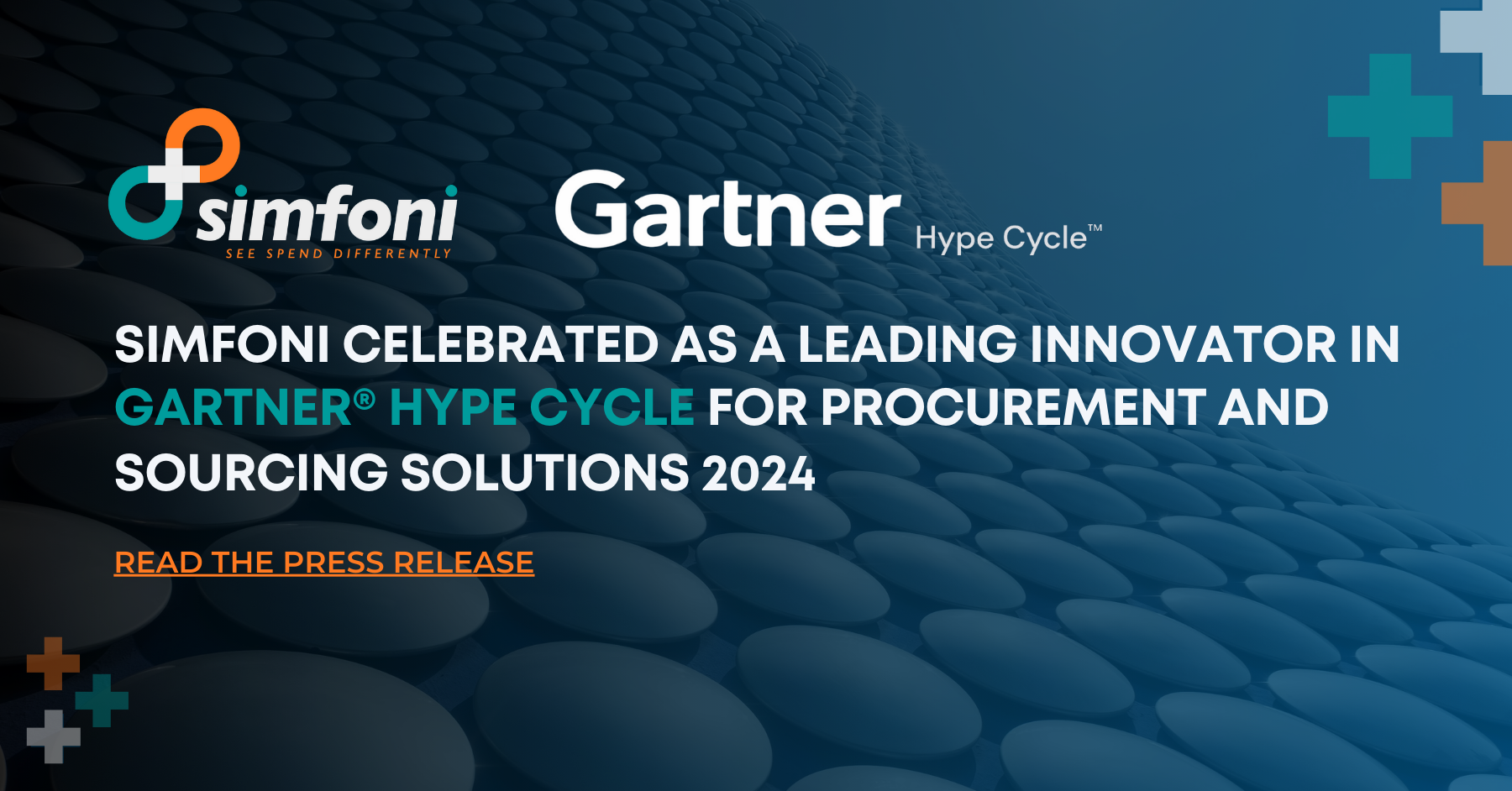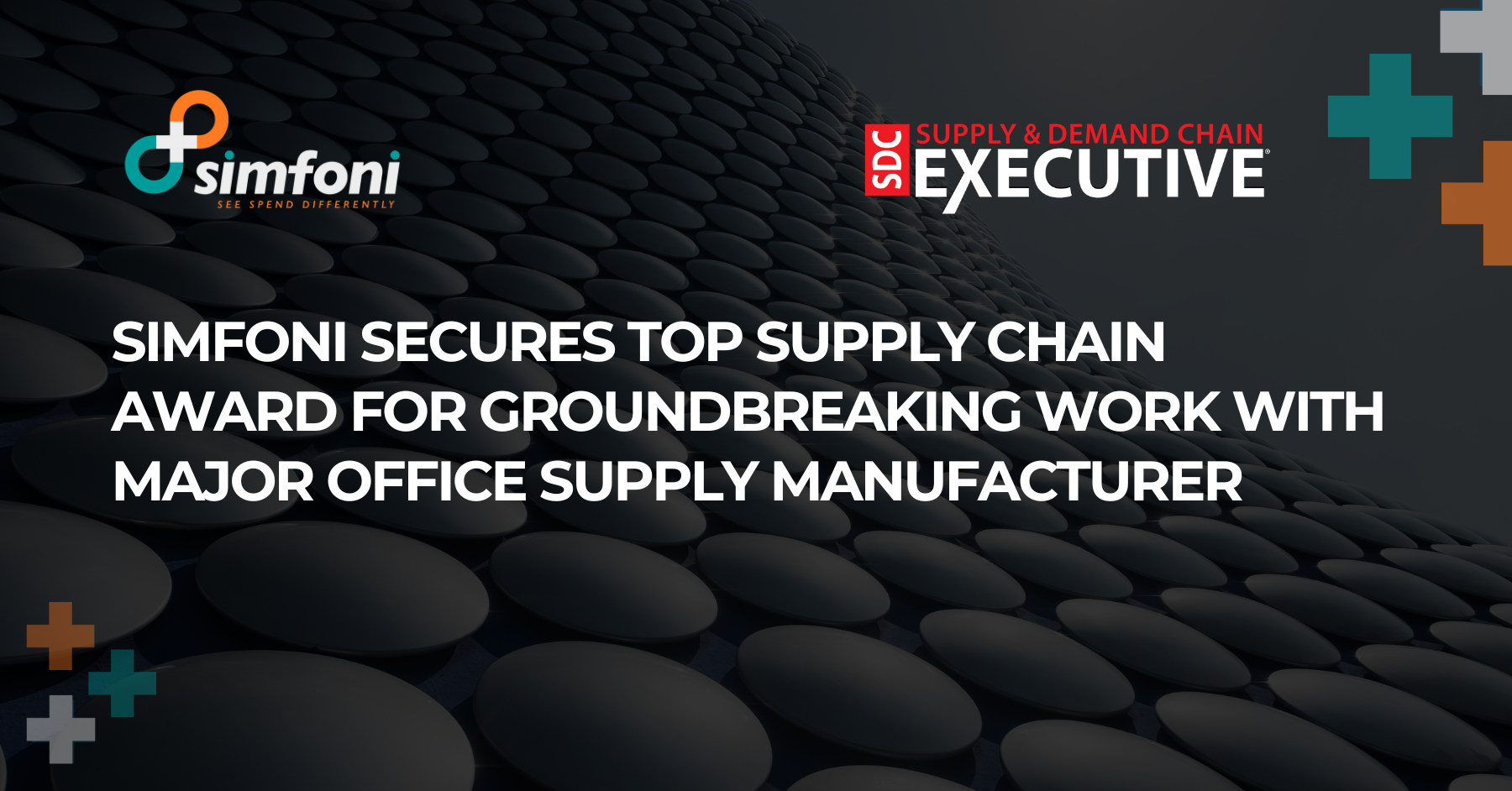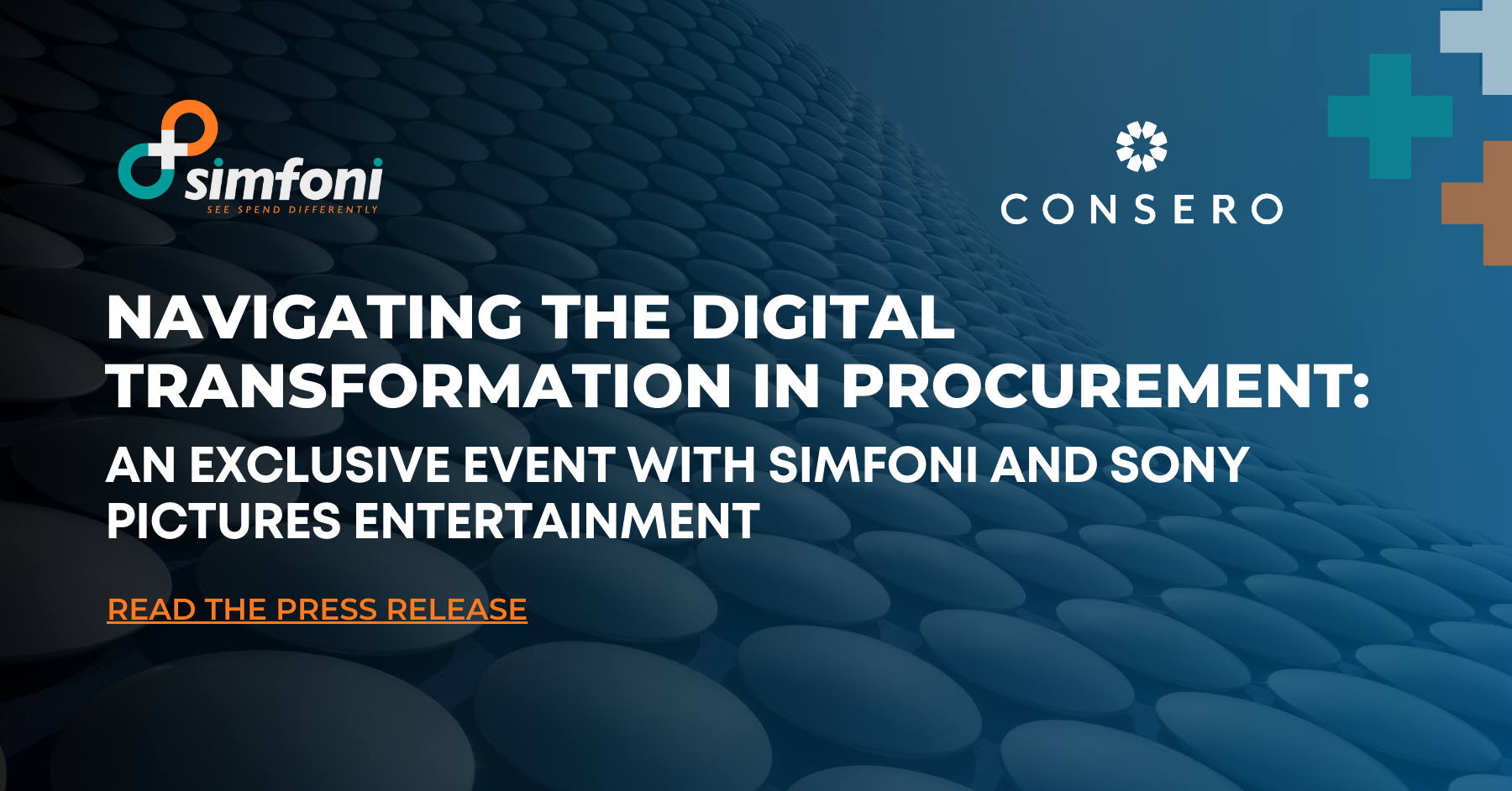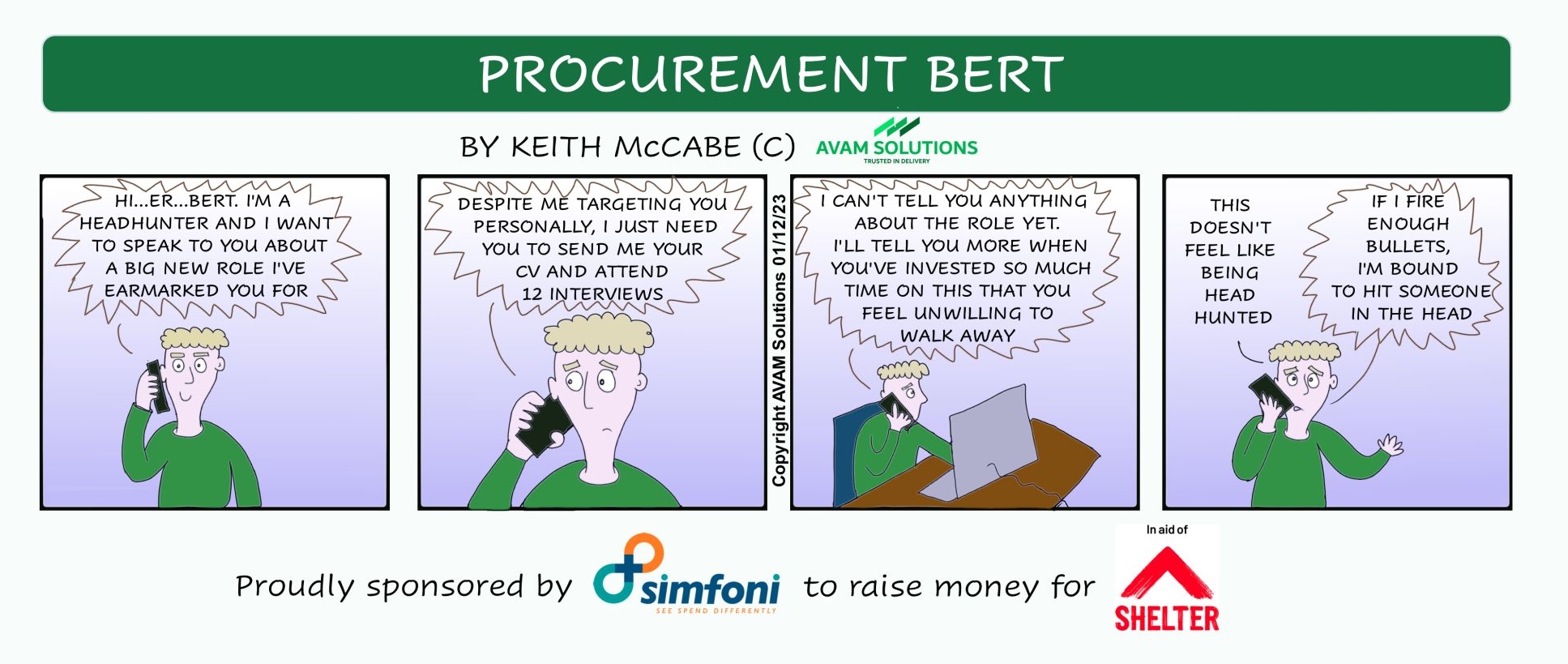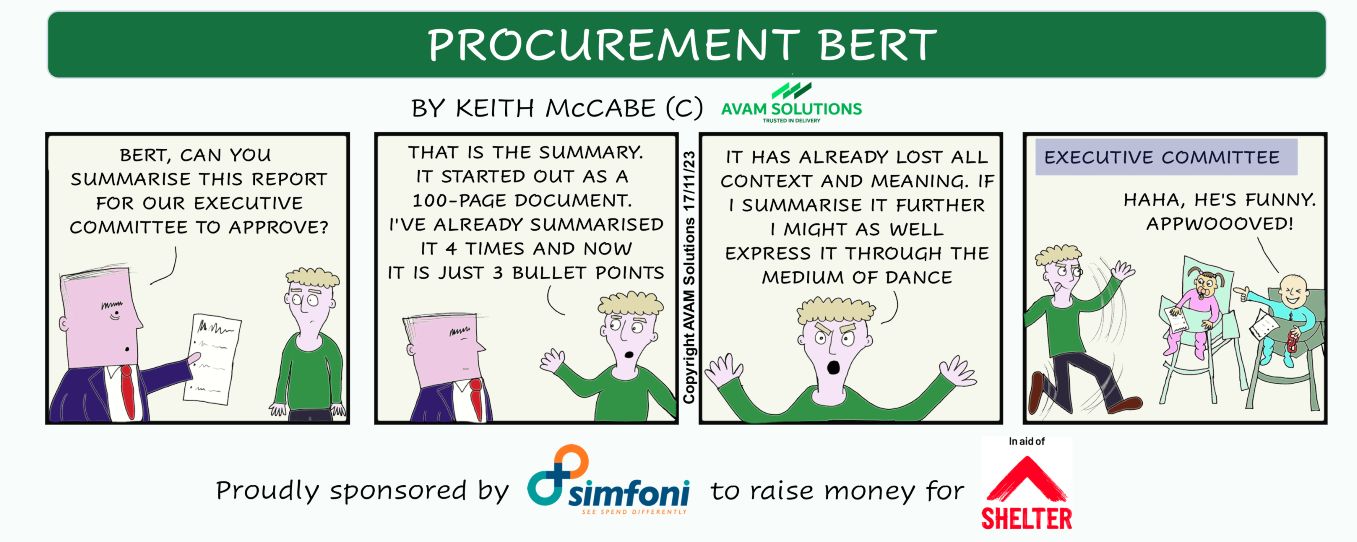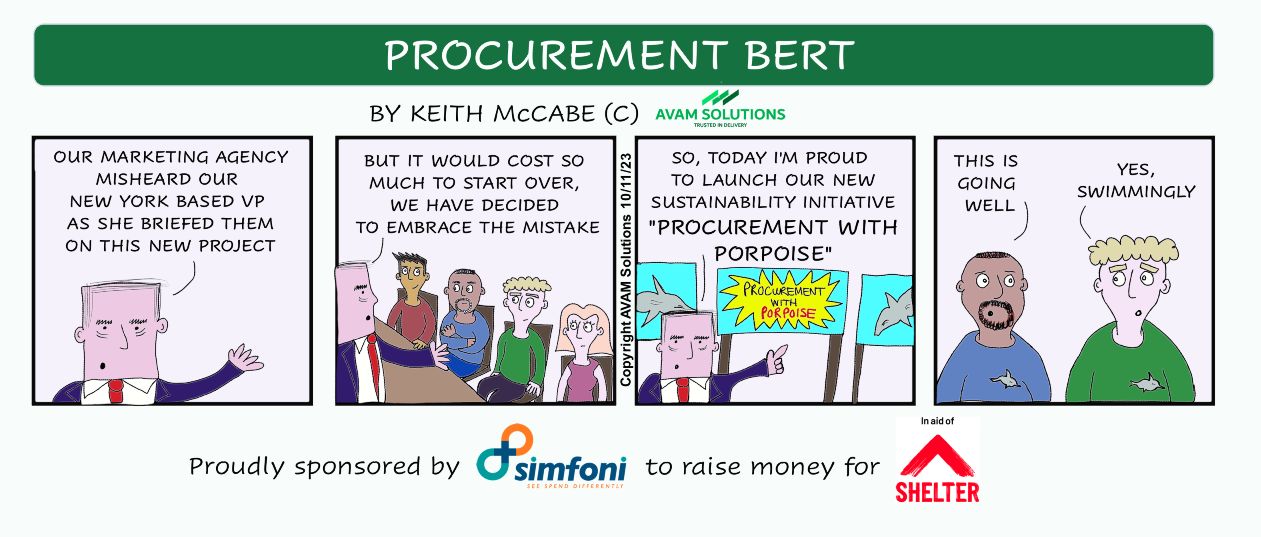The world events of the past few years have led to a titanic shift in perception about the strategic value of procurement and its role in driving a sustainable business. Investors, Boards and executives have shifted their priorities toward including some measurement of Corporate Social Responsibility (CSR) and Environmental, Social and Governance (ESG) criteria within their business performance metrics. As part of a larger move toward longer-term value creation for all stakeholders, these types of initiatives have become more visible within most large companies, and many organizations have already established new policies and practices to measure and improve their impact.
Investors are increasingly looking at non-financial metrics to evaluate the performance and economic value of the companies they invest in. According to Morgan Stanley, quality ESG programs are one of the strongest ways to help ensure long-term sustainable returns. Recent research from Gartner indicates that ESG metrics have been proven to improve supply chain reliability, innovative strategy, business ethics, corporate reputation, and reduce risk. People are more likely to invest in companies that have quality ESG programs, not only because it’s the right thing to do, but also because it is a key indicator of a sustainable business model and a well-run company. As explained by The Conference Board, “Investing in companies that lead in ESG best practices is no longer niche—it’s one of the strongest ways to help ensure long-term, sustainable returns.”
DOWNLOAD THE PRESENTATION
Leveraging Data to Drive Procurement Strategy and Corporate Social Responsibility
CEOs are also starting to recognize the positive impact of CSR and ESG initiatives on their brand perception and corporate valuation. The results of recent research from Project ROI, an endeavor spearheaded by research firm 10 Sustainability and the Babson College Social Innovation Lab, show that CSR practices have great potential to deliver financial returns on investment (ROI), as well as related business and competitive benefits. These benefits include increasing a company’s market value up to 6% and stakeholder value by $1.28 billion (over 15 years), as well as reducing systemic risk by 4%.
The Procurement Maturity Model 2.0
As sentiment continues to shift toward CSR and ESG priorities, procurement finally has the potential to become a board-level strategic initiative. Unfortunately, many Chief Procurement Officers (CPOs) are still focused solely on traditional indirect procurement goals, such as maximizing profits. The Deloitte Global 2021 CPO Survey indicates that “Enhancing social responsibility” ranks 7th on the list of CPO priorities, far below “Driving operational efficiency” and “Reducing costs.” Even among high-performing CPOs, only 17% exceeded their plans for sustainability and diversity in the past year, in stark contrast with 88% that exceeded their goals for cost savings.
Why is this the case? In many organizations, procurement’s role and policies were designed and developed for an analog, cost-centric world. Even as the world becomes increasingly digital-first and value-diverse, most procurement metrics are still unapologetically tactical, focused solely on cost avoidance. But with capital so accessible, this kind of acute concentration on cost savings is missing the larger picture. In order to serve a truly strategic function, procurement goals can— and should—align with the values of the company.
As the role of procurement matures, it is moving beyond tactical and operational cost savings. For example, take a look at Fulton Bank, a company that opened its doors in 1882, and has continually strived to deliver the best banking experience for its customers through a broad array of financial products and services in Pennsylvania, New Jersey, Maryland, Delaware and Virginia. Fulton Bank made a conscious decision to use Simfoni’s platform to move beyond tactical cost savings and avoidance, expanding their focus to include the suppliers they are doing business with and what they are purchasing from them.
As explained by Keith Woody, Senior Vice President and Chief Procurement Officer, Fulton Bank,
“Simfoni’s Spend Analytics have helped our procurement team to stretch beyond cost savings and become more strategically aligned with our organization’s core strategy and values. Utilizing data has helped us to know our suppliers better, and to evaluate them on the basis of diversity, sustainability and risk. This practice has helped us to elevate and solidify our commitment to tracking CSR goals and ESG metrics.”
Here are three tips for procurement leaders who want to align their departments most closely with the larger strategy of their organizations:
- Utilize procurement data to measure ESG impact. As businesses expand their view beyond pure short-term profit, they are finding new ways to measure their performance. The best way to do this is to establish non-monetary ESG goals, embed them into your procurement processes, and implement tools to measure progress. Data can help you to understand your buying and spending habits, and provide actionable insights. Procurement leaders can drive real, actionable change by integrating impact assessments into the reporting framework, and utilizing the data from impact assessments and supplier diversity reporting.
- Balance your resources to support your goals. By this point, most large organizations have mastered their sourcing capabilities to deliver significant financial savings. The next step is to deliver value through company-wide programs designed to not only stabilize, but also sustain and grow the company while encouraging business innovation. This can be done by implementing Category Management for indirect spend.
- Know Your Suppliers. Supplier performance and delivery contribute enormously to the profitability of your organization. In fact, depending on the industry in which you operate, supply-chain costs can represent from 10% to more than 20% of revenues. However, if your goal is to build a stable business that will be sustainable for years to come, supplier evaluation can’t be based solely on cutting costs in the short term. Your supplier selection process needs to have a longer-term view, requiring analysis, resources and the ability to track delivery. Regardless of what industry your business is in, it’s important to select vendors that reflect your own business values. And in order to manage your supply chain properly, you need to establish solid criteria for supplier analysis around key factors such as diversity, sustainability, risk and other factors. This will ensure that you are making choices that benefit your business in the long run.
CSR and ESG used to be viewed as costly investments, even for organizations that cared deeply about these issues. The traditional perception was that doing the right thing would come with a heavy loss of cost efficiency and eat into profits. But product and technology innovation has now progressed to the point where it’s very possible for organizations to improve their impact and recognize business benefits, even to the point of competitive advantage.

